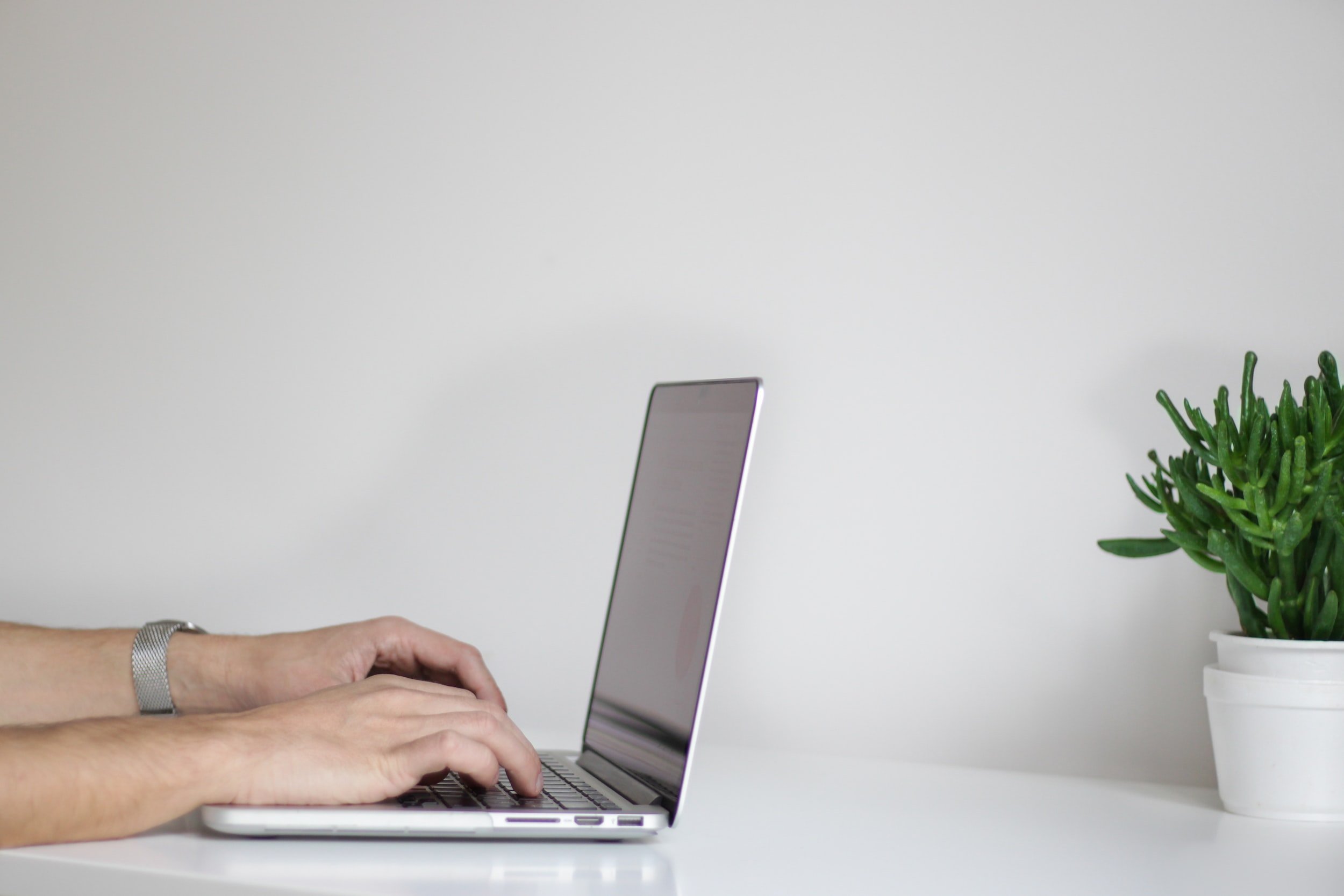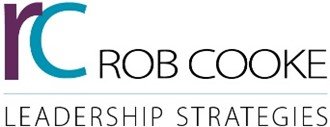
Getting Control of Your Time- Part I
Maintaining Energy and Focus
As a leadership advisor and strategist who works with executives from all sectors, I encounter leaders every day who work exceptionally long days with rarely a break, who are often are over-whelmed and stressed. Some organizations pride themselves on their culture of busyness where being in the office late into the evening, working weekends, sending emails at 3:00 am, and answering smartphones during meetings is worn as a badge of honour. For most organizations, however, this is not a desirable state, but one which has evolved over time from staff cut backs, the proliferation of technology, and increasing stakeholder demands. This paper looks at two aspects of getting better control of your time. Part I addresses how we manage ourselves and create energy and focus related to our work. Part 2 looks at how to better manage and prioritize our work activities.
The Myth of Multi-Tasking
The processing capacity of our mind has been estimated at 120 bits per second. This is the ‘speed limit’ for the information we can pay conscious attention to at any one time. In order to understand one person speaking to us, we need to process 60 bits per second. This means you can barely understand two people talking to you are the same time. Under most circumstances you will not be able to understand three people talking at the same time. Attention is a limited capacity resource. There are finite limits to the number of things we can attend to at once. Our brains evolved to focus on one thing at a time. Multi-tasking is the enemy of focused attention.
Asking the brain to shift attention from one activity to another also causes a loss in capacity and the kind of rapid, continual shifting we do with multi-tasking causes dramatic reduction in processing ability and performance.
Plan your day to minimize multi-tasking by carving out blocks of time for specific activities: returning phone messages or receiving calls, answering emails, responding to queries and working on projects.
Creating Flow Time
Flow time is the time of uninterrupted focus and concentration. It is the time when we are most creative and productive. During flow time our attention is focused on a limited field that receives our full concentration and complete investment. You should be arranging your life to maximize the possibility that flow periods occur, and to stay in flow once you arrive there.
Flow time must be blocked off in your calendar. This is a time when your smartphone is off, your email is shut down and your door is closed. You are completely focused on a specific achievement whether this is to complete a project, articulate a business vision or strategy, or plan for a presentation.
Taking breaks is also important. Our brains work in 90-minute rest-activity cycles not only when we are asleep but also when we are awake. Get up and walk around at least every 90 minutes.
Often when working on major projects with a looming deadline we put everything else on hold and devote all our time to it. Lots of little tasks won’t get done and they pile up. You know you should be attending to them and a little voice nag at you. The effort required to consciously not do these small things can take up more mental energy than just doing them. Follow the 2-minute rule. If you can get it done in 2 minutes or less, do it. If you have 20 things that would take 2 minutes each and you only can spare 30 minutes prioritize and do the other ones later or tomorrow.
Reducing Digital Distraction
A large part of effective time management revolves around avoiding distractions. Anything that tempts us to break the extended concentration required to perform well on challenging tasks is a potential barrier to success.
Digital overload may be the defining problem of today’s workplace. All day and night, on desktops, laptops, tablets and smartphones we are bombarded with so many messages and alerts that even when we want to focus, it’s nearly impossible. The culture of constant connection takes a toll both professionally and personally. We waste time, attention and energy on relatively unimportant information and interactions, staying busy but producing little of value.
We compulsively check our e-mail in part because we don’t know whether the next message will be for leisure/amusement, a ‘to do’, a query… something you can do now, later, something life changing, something irrelevant. We need to control the digital overload rather than letting it control us.
We can reduce external distractions by setting aside a particular time of day to work, with the phones turned off and email and browser shut down. Set aside a particular place to work that allows you to focus. Make it a policy to not respond to messages that come in during your productivity time. Adopt the mental state that the thing you are doing now is the most important thing you could be doing.
Set aside certain times of the day when you will do email. Try for two to three times per day, in concentrated clumps rather than when they come in. Many people have their email set to put through arriving emails every five minutes. If you are checking your email every five minutes, you’re checking it 200 times a day.
Redefine expectations so that people don’t expect to get an immediate response and ask them to use some other means of communication for things requiring an immediate response. Set up automatic replies for all emails that say “I will try to get to your email within next week. If this requires immediate action, please telephone me. If it still requires my reply and you have not heard from me in a week, please resend you message with ‘2nd attempt’ in the subject line”
There are a variety of available tools that will help you make online communications more focused and productive. The first step is to abandon the myth of ‘keeping up’ – the belief that you will be able to process all your emails, read everything important in the media, and sent out thoughtful posts and responses. You goal needs to be to sort and limit the information you receive and to streamline the work of reading, responding and sharing what matters. You can’t and don’t need to read everything.
Digital tools are actually supposed to make our lives easier. And used correctly they can. Although we turn to technology to sooth our anxieties, overdosing on it just exacerbates them. To break the cycle, we must limit the use of our devices. Only then can we regain our ability to focus.
Questions for Discussion:
How would you define the busy-ness culture in your organization? What behaviours do you see that give you clues to your busy-ness level?
How much multi-tasking do you do? Do you believe this is an effective way to work?
What strategies do you use to get better control of your time and manage the digital information?
References:
The Organized Mind by Daniel Levitin
Conquering Digital Distraction: ‘Take a Break’ by Larry Rosen and ‘Fight Fire with Fire’ by Alexander Samuel
About the Author: Rob Cooke is a leadership advisor, strategist and coach. Drawing on a strong background in business and organizational development, Rob utilizes his extensive consulting experience to help leaders address emerging challenges, seize opportunities and execute approaches to achieve personal, leadership and business goals.
June 19, 2017 | Leadership Development
